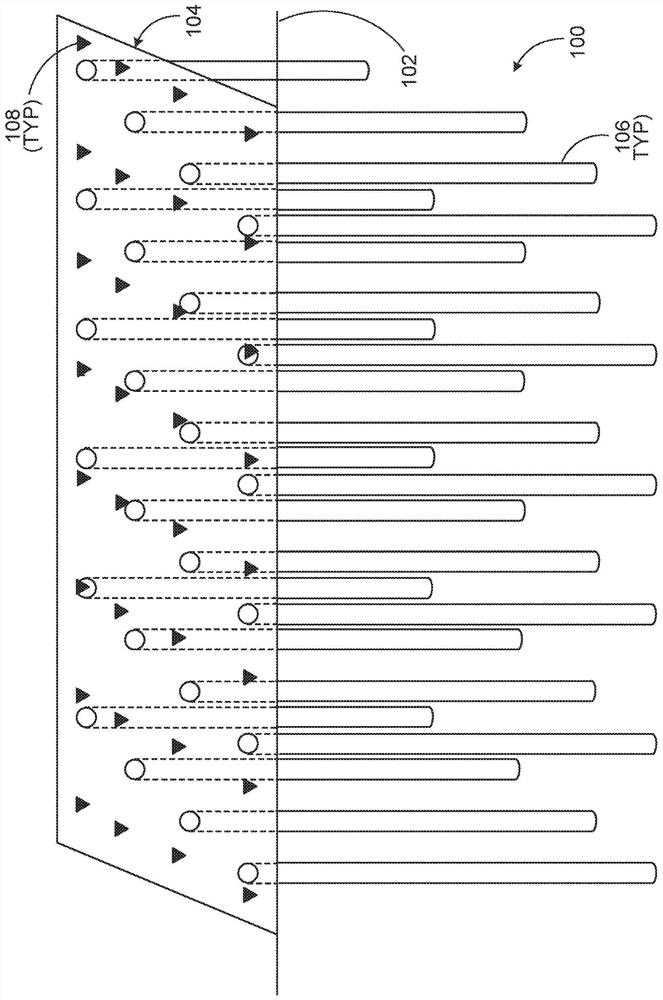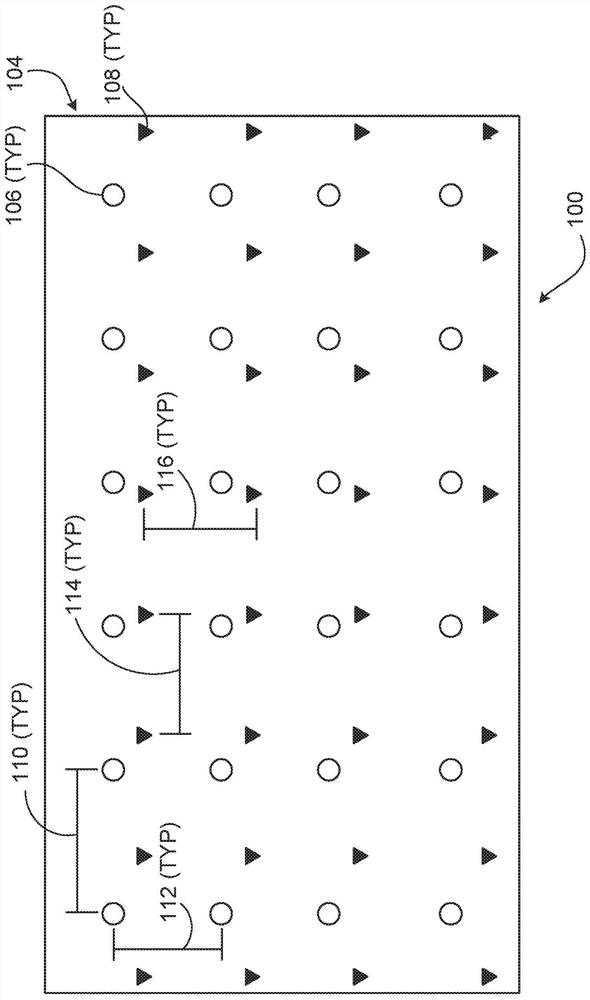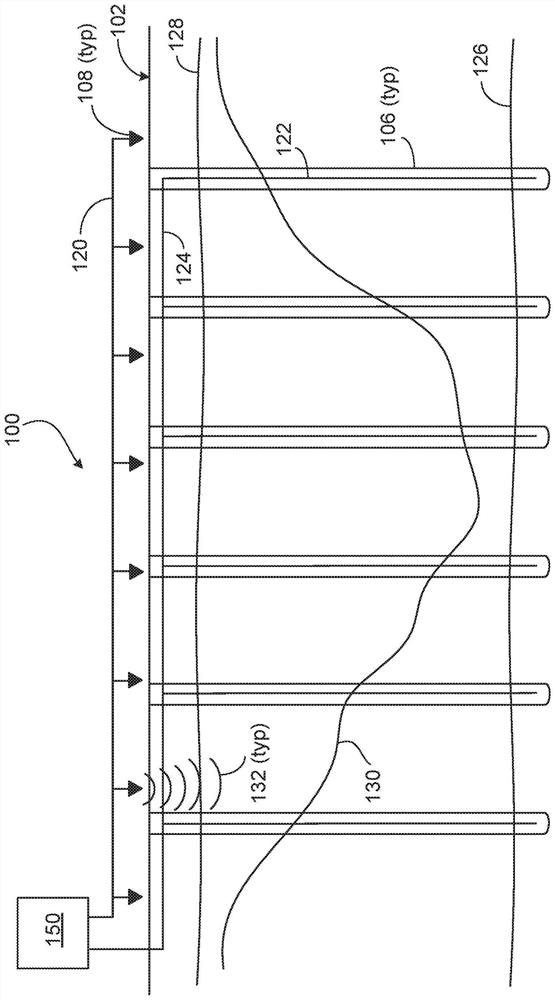Detecting underground structures
A geological and stratigraphic technology, used in surveying, seismology for logging, seismology, etc., can solve problems such as inability to deal with near-surface complexity
- Summary
- Abstract
- Description
- Claims
- Application Information
AI Technical Summary
Problems solved by technology
Method used
Image
Examples
Embodiment Construction
[0070] The present disclosure describes implementations of seismic data acquisition and processing systems, methods, and computer-readable media for detecting and determining subsurface structures (eg, low relief hydrocarbon reservoir structures). In some aspects, a seismic data acquisition and processing system includes one or more acoustic sources positioned on the surface and one or more acoustic sensors positioned in a borehole formed from the surface to one or more subsurface regions. In some aspects, the acoustic sensors are used in or include a distributed acoustic sensing (DAS) system within a borehole, which may be formed at specified intervals over a region of interest. In some aspects, the depth of the borehole may be sufficient (and selected) to reach a particular reference seismic datum at a depth below the surface and below, for example, the depth of any complex near-surface formations. depth.
[0071] In an example implementation, an acoustic source is utilized...
PUM
 Login to View More
Login to View More Abstract
Description
Claims
Application Information
 Login to View More
Login to View More - R&D
- Intellectual Property
- Life Sciences
- Materials
- Tech Scout
- Unparalleled Data Quality
- Higher Quality Content
- 60% Fewer Hallucinations
Browse by: Latest US Patents, China's latest patents, Technical Efficacy Thesaurus, Application Domain, Technology Topic, Popular Technical Reports.
© 2025 PatSnap. All rights reserved.Legal|Privacy policy|Modern Slavery Act Transparency Statement|Sitemap|About US| Contact US: help@patsnap.com



